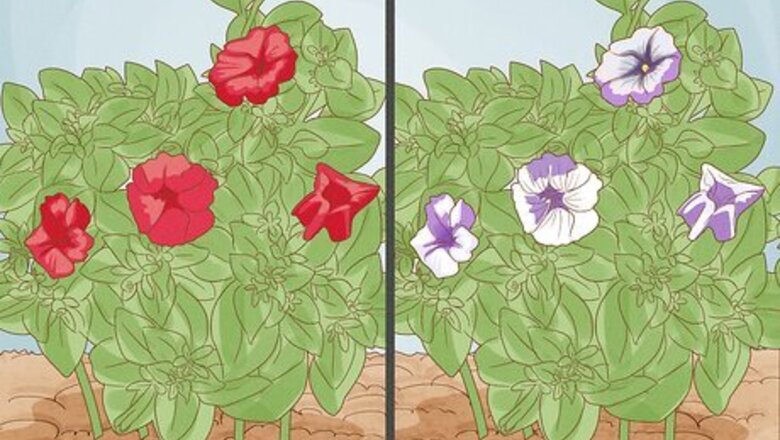
views
Pinching Petunia Blooms
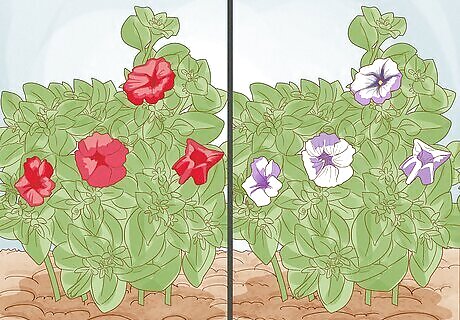
Check what type of petunias you are growing. Find the seeds or the plant markers. If they are new types of petunias, like Wave or Tidal Wave, they don’t need to be deadheaded. Many new petunias have been engineered to be low-maintenance. They will fill out without being deadheaded. Wave and Tidal Wave petunias are more likely to be available from large seed companies and garden centers than farmer’s markets.
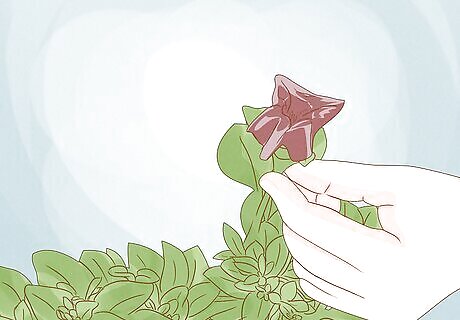
Start with pinching petunia blooms. If you have never deadheaded a flower before, you may feel more comfortable pinching off spent flowers than cutting the plant itself. Move onto the next method once you have a season or 2 under your belt.
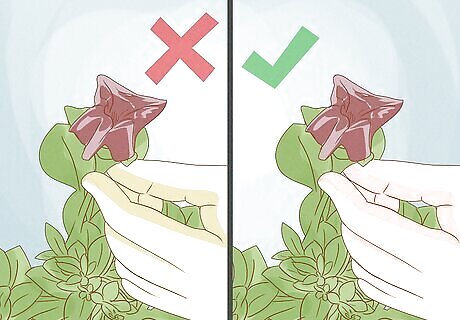
Get close to the plant, like you are weeding. Fading blooms can be hard to see after a few weeks, and you will need to get your hands dirty. Avoid wearing thick gardening gloves, because you are more likely to hurt the plant.

Find a spent bloom above a new bloom. Move 1/4 inch (0.6 cm) up, or just above the bud. Grasp it with your thumb and forefinger and pull. It should come off easily. Discard the bloom in the compost. Many times after we withdraw the deadhead flower, petunias stop blooming. The common mistake is that we only extract the brown withered flower, not the stalk. The stalk is where a flower holds its seeds. So, you should remove it as well.
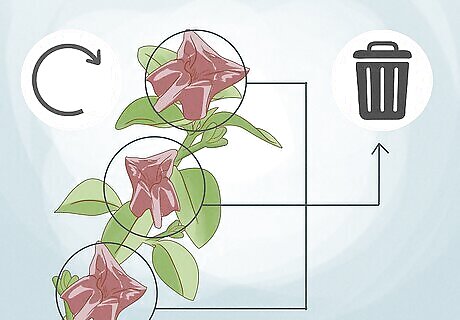
Repeat with each dead bloom on the same stem. Then, move onto a new stem. Herbaceous plants like petunias can have dozens of blooms on a single stem, so plan to deadhead every few weeks during growing season.
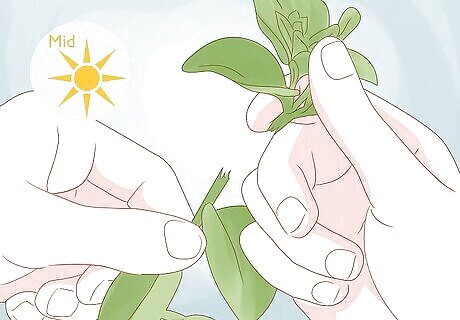
Pinch growing tips at mid-summer. If you find your petunias are getting “leggy,” meaning each stem is long and hanging toward the ground, you should pinch off growing tips. Grasp the stem lightly and find the thickest bud at the top of a set of blooms. Pinch it between your thumb and forefinger to pluck it off. In this case, you are plucking an actively growing part of the plant, instead of a dying part. This type of deadheading will encourage new buds below that point to bloom. It will also make the plant look thicker and healthier.
Pruning Petunia Blooms
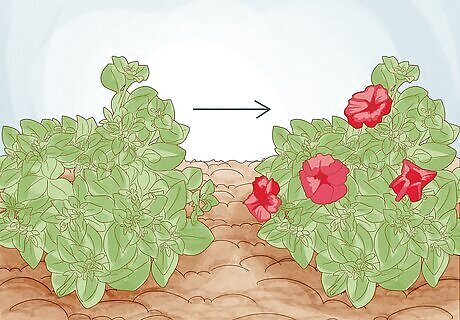
Allow your petunias to start blooming. You should wait to prune the plants until they are getting 6 or more hours of sun a day and they are filled with blooms. Once blooms start to die, you can start deadheading.
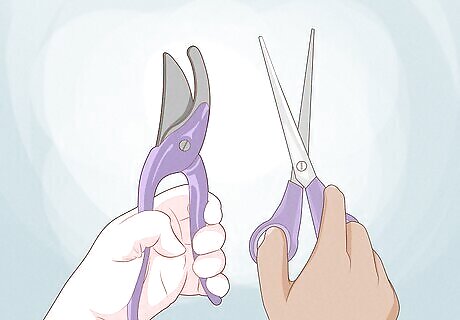
Get a sharp pair of pruning shears or scissors. Unlike deadheading by hand, the plant will do best with a sharp cut.
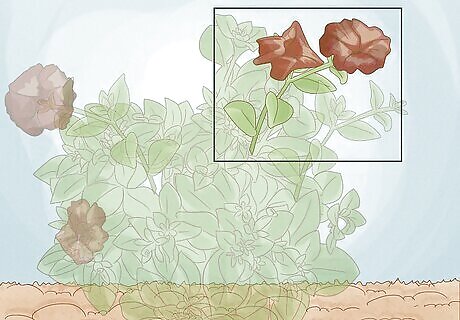
Pick up a petunia stem gently. Choose 1 that has several dying blooms on it. Find a point just below all the dead blooms.
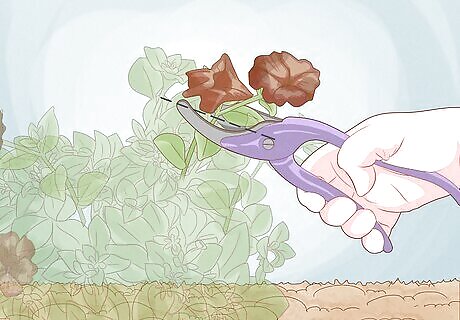
Cut up to 1/2 of the petunia stem with your sharp shears. Aim to prune them below the majority of the spent blooms, if possible. Although you must cut back portions of a healthy plant to encourage new, thick growth, pruning petunias will extend your growing season.
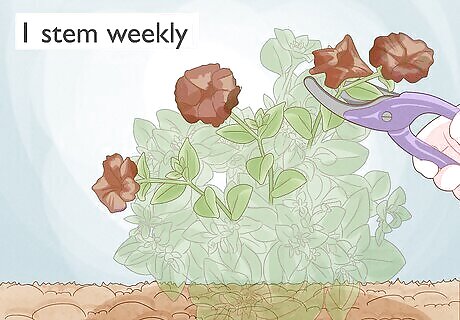
Prune 1 stem weekly on a small petunia plant, or prune 8 to 12 stems in a large hanging basket. Doing regular pruning will help you avoid pruning off all your stems at once, making them look bare for a few weeks. Occasionally, you will need to prune off a healthy blooming stem. If a stem is looking long and leggy with lots of dead blooms, sacrifice the healthy bloom on the end so the plant will bloom longer.
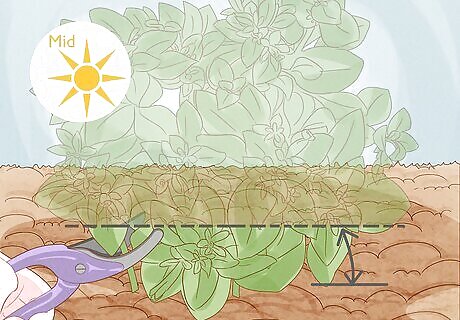
Time a large pruning session for mid-summer, if you were not able to do it weekly. If possible, do it right before you leave for a trip, so that you will return when the petunia returns to full bloom.
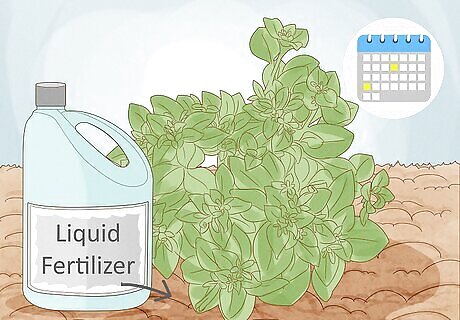
Fertilize petunias with a liquid fertilizer every 2 weeks. Do it after a pruning session to encourage new growth.











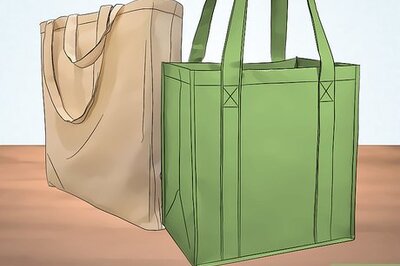






Comments
0 comment